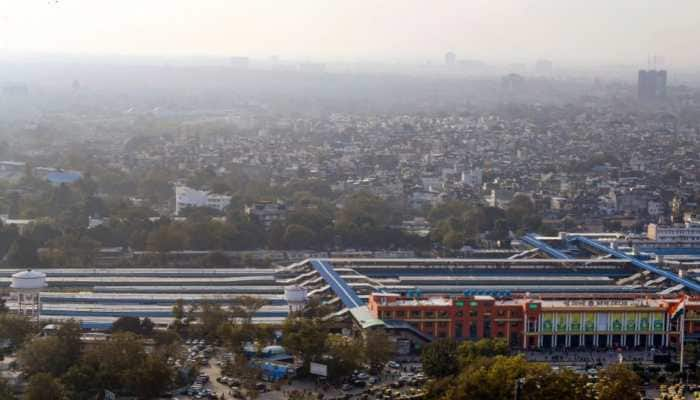5 Innovative Design Trends Transforming Homes In India
By incorporating these innovative trends into residential projects, architects and designers are not only transforming homes but also shaping the future of living spaces in India.
Trending Photos
) Image credit: Freepik
Image credit: Freepik India, known for its diverse cultural heritage and architectural splendor, is witnessing a transformation in residential design trends. From sustainable architecture to tech-savvy interiors, contemporary homes are embracing innovative concepts that redefine living spaces.
Here are 5 trends shared by Sanjeev Srivastva, Chairman & Founder of Assotech Groupat the forefront of this architectural revolution:
1. Sustainable Architecture: With a growing emphasis on environmental conservation, sustainable architecture is reshaping residential landscapes across India. Homes are incorporating eco-friendly materials such as bamboo, recycled wood, and locally sourced stone to reduce carbon footprint. Passive design techniques like natural ventilation, solar panels for energy generation, and rainwater harvesting systems are becoming standard features. These practices not only minimize environmental impact but also create healthier and energy-efficient living environments.
2. Open Floor Plans: Open floor plans continue to dominate modern home designs in India, offering spacious and interconnected living areas. This design concept removes traditional barriers between rooms like the living room, dining area, and kitchen, fostering a sense of openness and fluidity. It enhances natural light penetration and facilitates better air circulation, promoting a more social and functional living experience. Open floor plans also cater to contemporary lifestyles by accommodating flexible furniture arrangements and multipurpose spaces.
3. Smart Home Technology: The integration of smart home technology is revolutionizing the way homes are designed and operated in India. From automated lighting and climate control systems to voice-activated appliances and security systems, smart home solutions offer convenience, efficiency, and enhanced security. Homeowners can remotely manage their homes via smartphones and tablets, optimizing energy consumption and improving overall comfort. With advancements in IoT (Internet of Things) technology, smart homes are poised to become even more intuitive and responsive to occupants' needs.
4. Minimalist Interiors: Minimalist interiors are gaining popularity in Indian homes, emphasizing simplicity, functionality, and aesthetic appeal. This design philosophy advocates for clutter-free spaces, clean lines, and neutral color palettes to create a sense of calm and serenity. Furniture pieces with sleek profiles and multifunctional attributes maximize space utilization without compromising on style. Minimalist interiors promote mindfulness and balance, making them ideal for urban dwellers seeking a contemporary yet tranquil living environment.
5. Biophilic Design: Biophilic design seeks to reconnect occupants with nature by incorporating natural elements into residential spaces. In Indian homes, biophilic design is manifested through indoor gardens, green walls, and large windows that offer views of lush landscapes. Natural materials like wood and stone are used to evoke a sense of harmony and connection with the outdoors. Biophilic design not only enhances aesthetic appeal but also promotes well-being by reducing stress levels, improving air quality, and fostering a closer relationship with nature.
These innovative design trends are reshaping the architectural landscape of homes in India, blending aesthetics with functionality and sustainability. From sustainable architecture and open floor plans to smart home technology and biophilic design, these trends cater to the evolving preferences and lifestyles of homeowners. As India embraces urbanization and modernization, these design concepts are expected to influence future residential developments, creating more livable and environmentally responsible communities.
Whether building new homes or renovating existing ones, adopting these design principles ensures that homes are not just places to live but also reflections of contemporary values and aspirations.
Stay informed on all the latest news, real-time breaking news updates, and follow all the important headlines in india news and world News on Zee News.
Live Tv







)
)
)
)
)
)
)
)
)
)
